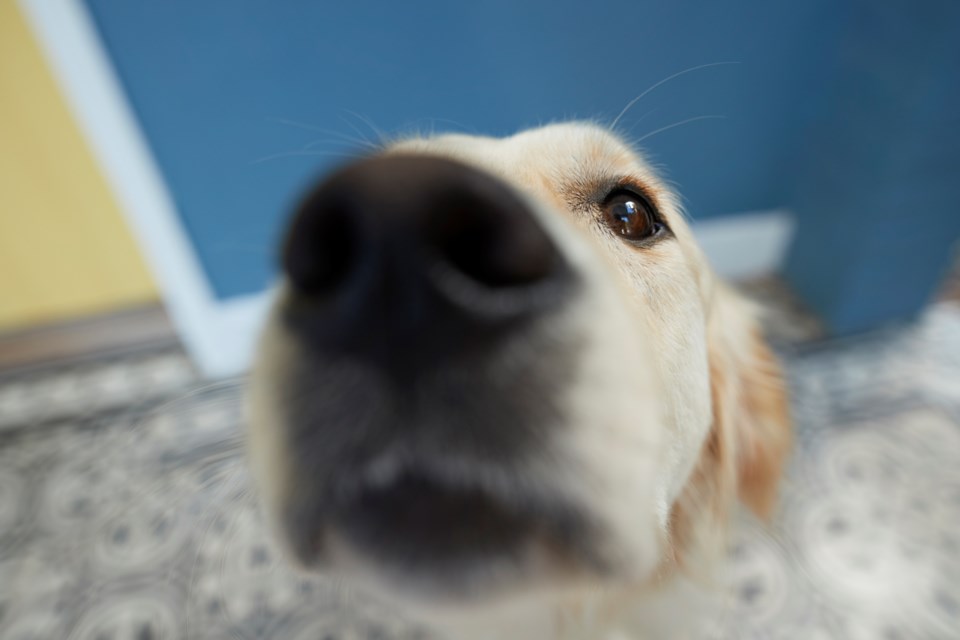While humans primarily rely on sight to take in their surroundings, dogs combine their sense of sight and smell to orient themselves in new environments.
Researchers at Cornell University have proven that a dog’s sense of smell works in tandem with its vision to understand its surroundings. The study, published in the Journal of Neuroscience, is the first to ever record this connection in any species.
When Pip Johnson, co-author of the study, began to take a closer look at the white matter in dogs’ brains, she saw a pattern. Found in the deeper tissues of both dog and human brains, white matter is home to nerve fibres.
Within this matter, Johnson repeatedly noticed tracks going into the olfactory region — the sensory system used to detect scents — of the dog’s brain. She said because the olfactory white matter in human brains is really small, this phenomenon has been rarely looked at in other animals.
This scent-to-sight connection, found by Johnson and her team, doesn’t exist in humans. This is likely why, Johnson said, it hasn’t been researched before.
“​​Olfaction is often missed because it's such a minor sense in lots of people's minds,” Johnson said. “It's not really been a big focus in human research and therefore, it hasn't been in animal [research] yet.”
Despite the finding being the first of its kind, Johnson said it hasn’t been particularly surprising news to many experts who already work with canines. In particular, there was one veterinary ophthalmologist, an eye doctor, who told her the finding ‘100 per cent makes sense.’
“[The ophthalmologist] has owners regularly not believe him when he tells them their dog is blind because they're able to navigate their world so well, just with their nose,” she said.
This sensual connection, present in dogs and not humans, means the two species take in their surroundings differently. Johnson gave the example of a room containing a table with an orange on it.
She said a human would primarily use their eyes to orient themselves and identify the objects in the room.
“Scent comes in a little bit if there’s something smelly in the room, but it doesn't help us orientate [ourselves],” Johnson said. “And if we walked into a room with our eyes closed, we wouldn't really know where things were.”
Whereas when a dog walks into that same room, both scent and vision would play a role in their observations of their surroundings. If the dog’s eyes were closed or it had lost its sense of sight, the study suggests that its nose could still help orient it.
For pet owners, Johnson said she thinks this research can help them better understand the sensitivity their canine companions have to smells. Additionally, she hopes owners of vision-impaired dogs can appreciate just how fulfilled their pet’s life can be.
“Realizing that if your dog goes blind, they can still have a high quality of life… that’s important,” Johnson said. “Realizing that they can still function, play fetch and navigate around their environments.”
Eager to continue this research, Johnson wants to turn her attention to horses next. Specifically, she’s interested in finding out how the carnivorous, predatory nature of canines contrasts with the herbivory preyed-upon nature of horses.
“Horses use scent for detecting carnivores around them or attack options. They use it in that fight or flight mechanism,” Johnson said. “So it'd be interesting to see if they had a different pattern of connection.”

